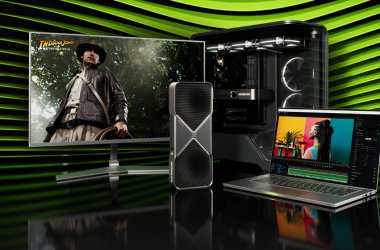 Hybrid processors that include two or more types of core now account for half of the $111 billion processor market, driven by growth in smartphones and tablets, according to new research by IMS Research.
Hybrid processors that include two or more types of core now account for half of the $111 billion processor market, driven by growth in smartphones and tablets, according to new research by IMS Research.
The most common type of hybrid processors combine a central processing unit (CPU) and a graphics processing unit (GPU). These processors are particularly suited to use in smartphones and tablets, which need to deliver high performance and HD graphics from within a compact form factor.
AMD and Intel have been developing hybrid processors to compete for PC market share since 2010, but a number of mobile processor vendors including NVidia, Qualcomm and Texas Instruments have also started offering heterogeneous application-specific processors with a microprocessor core and integrated GPU.
Now that smartphone sales exceed PCs, and tablets are gaining popularity, the demand for hybrid processors is growing. IMS Research has identified 20 processor vendors that provide heterogeneous processing solutions on a single chip, and values the market at over $55 billion.
According to Tom Hackenberg, semiconductors research manager at IMS Research and author of the Comprehensive Processor Report, the need for hybrid processors will only become more urgent as semiconductor providers reach the physical limits of Moore’s Law.
“This hybridisation is getting even more competitive with an Intel Atom-based smartphone on the market this month, demonstrating that Intel is serious about entering the mobile device market by combining an x86 microprocessor, graphics licensed from NVidia and configurable security logic as a hybrid processor triple play to capture share,” he said.
Hackenberg said that the extremely high volume of single chip microcontrollers (such as smart cards) means that hybrid solutions are unlikely to overtake single core solutions in volume any time soon. However, higher performance device demands will continue to push the market further toward hybrid processors.
Meanwhile, some chip vendors are turning their attention to configurable processors that can deliver application-specific cores. For example, Intel’s Z2460 mobile processor includes a configurable security engine, and Analog Devices’ BF60x DSP includes configurable logic to accelerate vision applications.
“If processor suppliers are going to continue meeting performance expectations set by Moore’s Law, clearly this is a necessary trend. Future processors may be less marketable by their top-end frequency and more by their application specific cores,” said Hackenberg.





